Electronic automobiles appeal to many simply because electric power is less expensive than fossil fuels. The market for electric cars is flourishing for various reasons. Thanks to their environmentally friendly technology and top quality, they are revolutionizing the automobile industry. The essence of these advanced vehicles is in their distinctive components that function to provide a seamless and efficient driving experience.
Many EV vehicle enthusiasts might be looking for the components or parts of these vehicles. In this blog piece, we discussed the essential components of electric cars, along with their specific functions.
EV Cars Overview
The EVs are a non-polluting and environmentally green technology currently booming in all spheres. The lithium-ion technology of its battery makes vehicles ideal for long-term use. You can charge these batteries using solar panels, electricity power stations, or other similar sources. Like other vehicles, EV cars come loaded with many components that help with the car’s functioning.
Electric Car Components and Their Functions
Listed below are the top ten elements that play a major role in the composition of an electric car, along with their roles:
Battery

Since batteries store electrical energy needed to power motors, they serve as a power source for EVs. The duration of your car’s operational life depends on the battery’s capacity—the greater the capacity, the longer you can travel. Some companies use energy-efficient and compact battery packs to maximize their driving duration. Recent advancements in lithium-ion batteries make them more efficient in storing energy, and the discharge rate is lower.
Power Inverter

The inverter converts direct current (DC) of the battery to an alternating current (AC) and this alternating current is used by an electric motor. Moreover, an inverter used in an electric vehicle has the ability to convert AC current generated during regenerative braking into DC current, which is then used to charge the battery. The kind of inverter used in certain electric vehicle models is the bi-directional type of inverter.
Thermal Management System
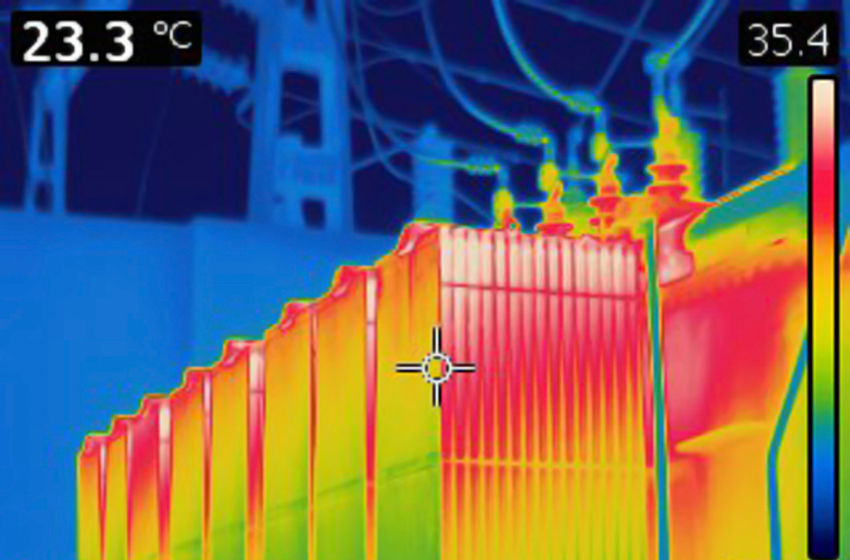
Motors and batteries produce heat, particularly when charging or driving at high speeds. Thermal management systems keep the components operating at optimal temperatures. The system uses air flow and coolants to avoid overheating, which ensures the parts’ durability and security.
Electric Drive Unit
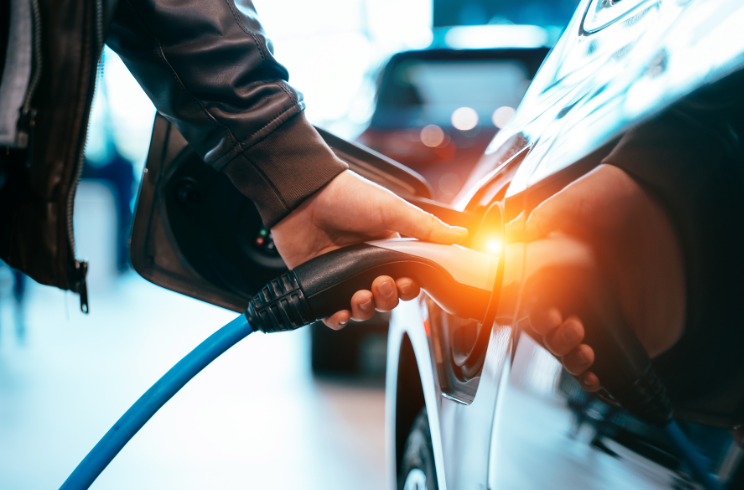
This electric drive system includes electricity, the motor, and occasionally the gearbox. It converts electrical energy generated by batteries into mechanical power, which drives the wheels. Its small size and high efficiency are the primary aspects of the automobile’s general performance and efficiency. In EVs with multiple gears, the drive unit adjusts gear ratios according to road conditions, thus maximizing efficiency and performance. This feature guarantees a stable and controlled torque distribution across the wheels, maximizing stability and traction in varying driving conditions.
Motor
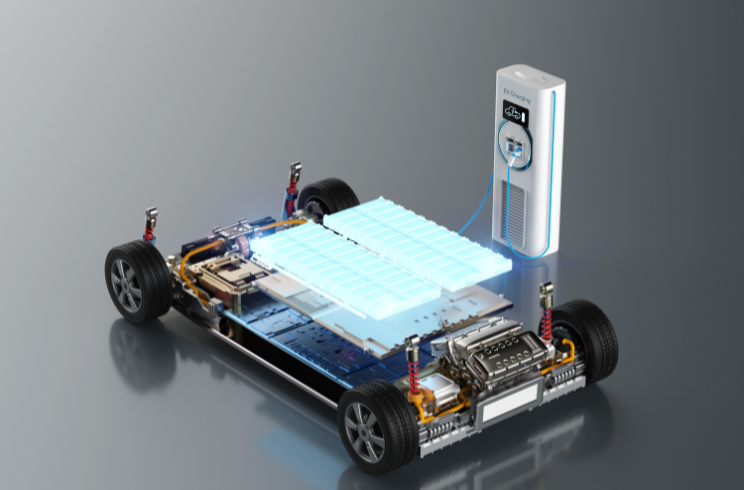
Another crucial component in electric automobiles is the installation of electric motors, powered by AC/DC power that transforms electrical energy into mechanical power. It utilizes the power of the battery to turn its wheels, helping the vehicle advance. An electric-powered vehicle can have up to 4 motors, each providing power to a wheel. Its speed electric vehicle can be directly proportional to how many motors the vehicle has.
Regenerative Braking System
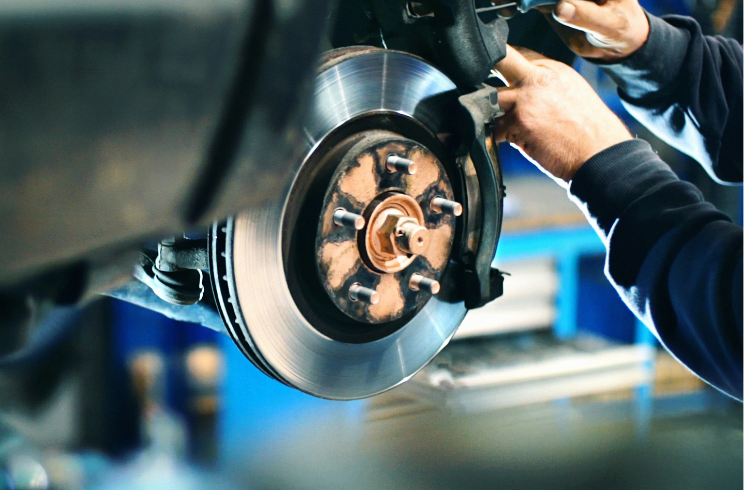
Electric vehicles often include regenerative braking technology that lets you recover the energy generated by deceleration or stopping. When a driver presses the brakes, the vehicle functions like a generator. It converts the vehicle’s kinetic energy into electrical energy. The energy is then fed back into the battery, increasing efficiency and extending the vehicle’s range.
Auxiliary Systems
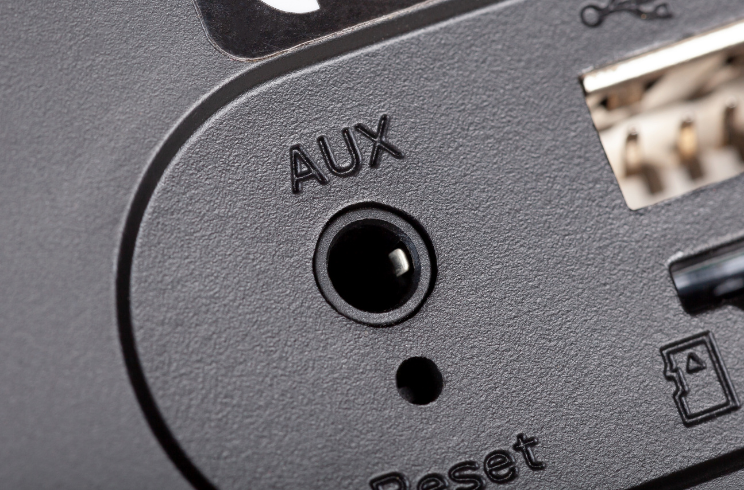
Electric car powertrains include various additional systems that work for the general operation of the vehicle. They include cooling, the air-conditioning system with power, along with the heating and cooling systems. Some other electrical elements include lighting, infotainment systems, and security features. These systems draw energy out of the battery, ultimately improving the overall performance of the electric car.
DC Converter

Another crucial component of the electric car is the DC Converter, which acts as a power converter for the DC electric current that comes from the battery pack with high voltage to convert it to lower voltage. The goal of cutting down on the voltage is to ensure that the electronic components of the electric vehicle with lower power requirements get the correct power. DC Converter also serves as a medium to charge battery chargers so that the voltage and current remain constant.
Chargers
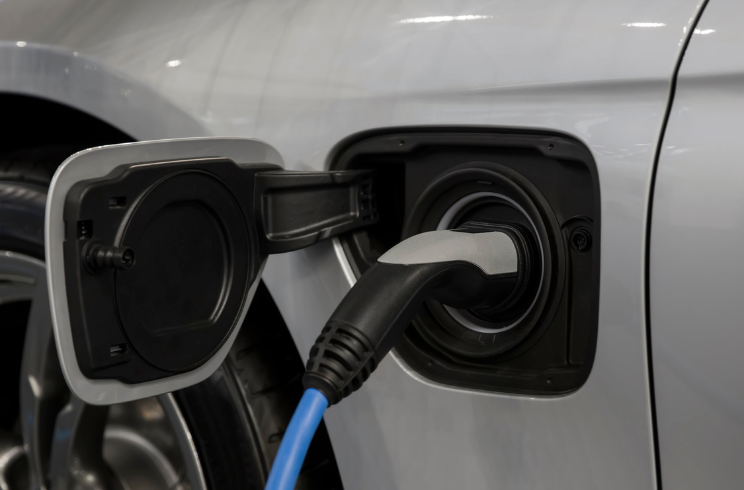
A necessary accessory and support component in an electric vehicle, a charger serves as a tool for charging the battery pack. The charger functions by using electricity and transforming it into DC electricity so it can store power in the battery pack.
Reducer

The final component, the reducer, adjusts the motor’s speed to the right level. It is a part of the transmission that joins the motor with the shaft of the wheel drive. As we all know, the motor operates at an extremely high RPM. Therefore, it is essential to lower RPM to the desired level to get an efficient output RPM. All this is accomplished by the reducer, as with this, it is possible to attain high torque.
Wrapping Up!
Advancements and breakthroughs in EV technology are common, and it’s important to know about their composition and functions. Electric cars might have fewer parts than combustion engines, but that doesn’t mean they’re less complex from an engineering standpoint.
We tried our best to cover all the relatable aspects about the components of an electric car and their functions. As technology improves, electronic vehicles will become more well-known. This blog is essential for everyone looking to buy an EV car or anyone interested in knowing about its components and their functions.
FAQ’s
Which is the most significant component of an electric vehicle that makes it work?
The most crucial element that makes an electric car work is its battery pack which forms the most significant component in an EV. Being the largest and most expensive element, it determines the amount of range and power of the vehicle.
Which element of an electric vehicle is responsible for motor control?
Power electronics controller.
Do electric cars have gears?
Unlike a standard automated car that has the gears, an EV is powered by only one gear. Of course, there are a few instances of two gears in some performance-driven vehicles. However, in general, a single gear is utilized because the electric motor offers all the power and torque needed at one speed.
Does the electric car come with engines?
Electric cars do not come with traditional engines. Rather, EV vehicles are powered by rechargeable batteries which are the ultimate source of their power.
Ishu Singh Rajput is a seasoned SEO expert with a passion for crafting engaging and insightful EV (Electric Vehicle) blogs. With 5 years of experience in the digital realm, Ishu has honed his skills in optimizing online content to reach wider audiences and drive organic traffic. His expertise lies in understanding search engine algorithms and leveraging them to enhance visibility and rankings for various websites. Through his compelling EV blogs, Ishu aims to inform, educate, and inspire readers about the advancements and benefits of electric vehicles in today’s world.

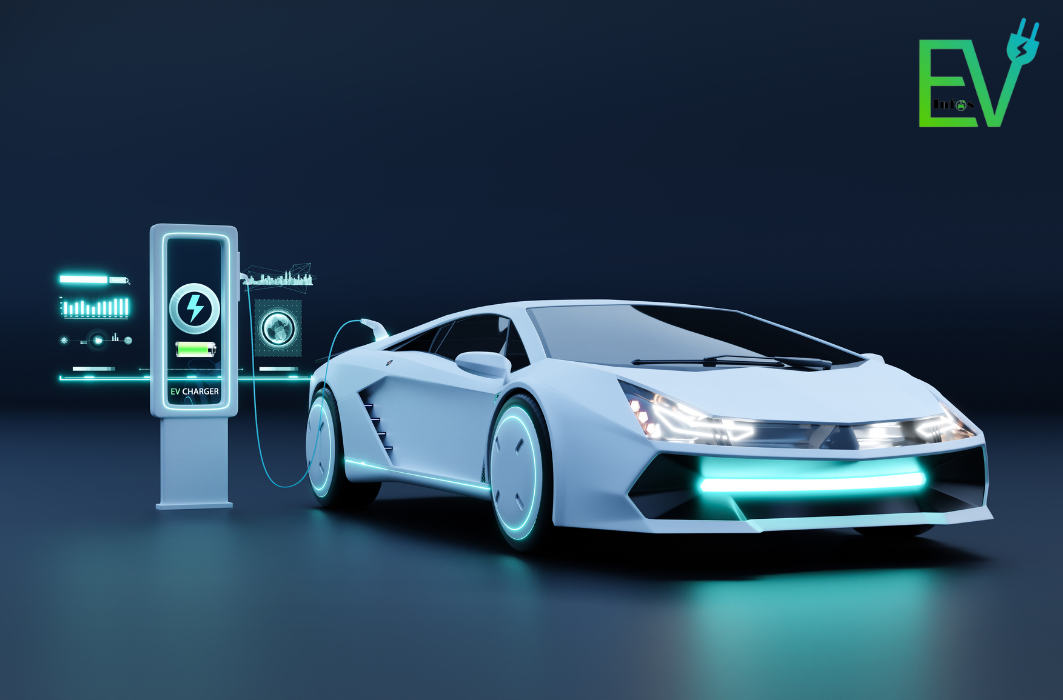
4 thoughts on “Important Components of an Electric Car with their Functions”